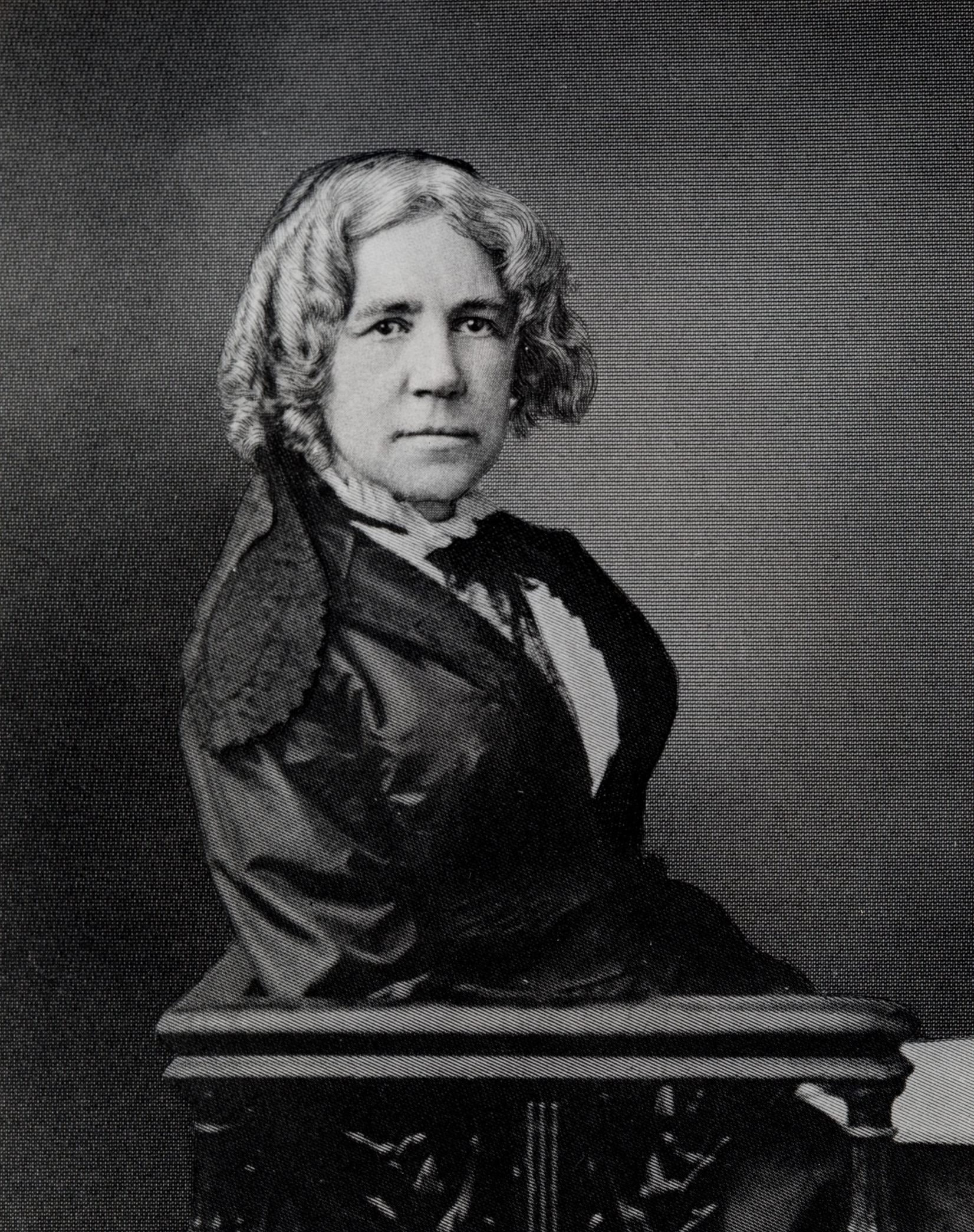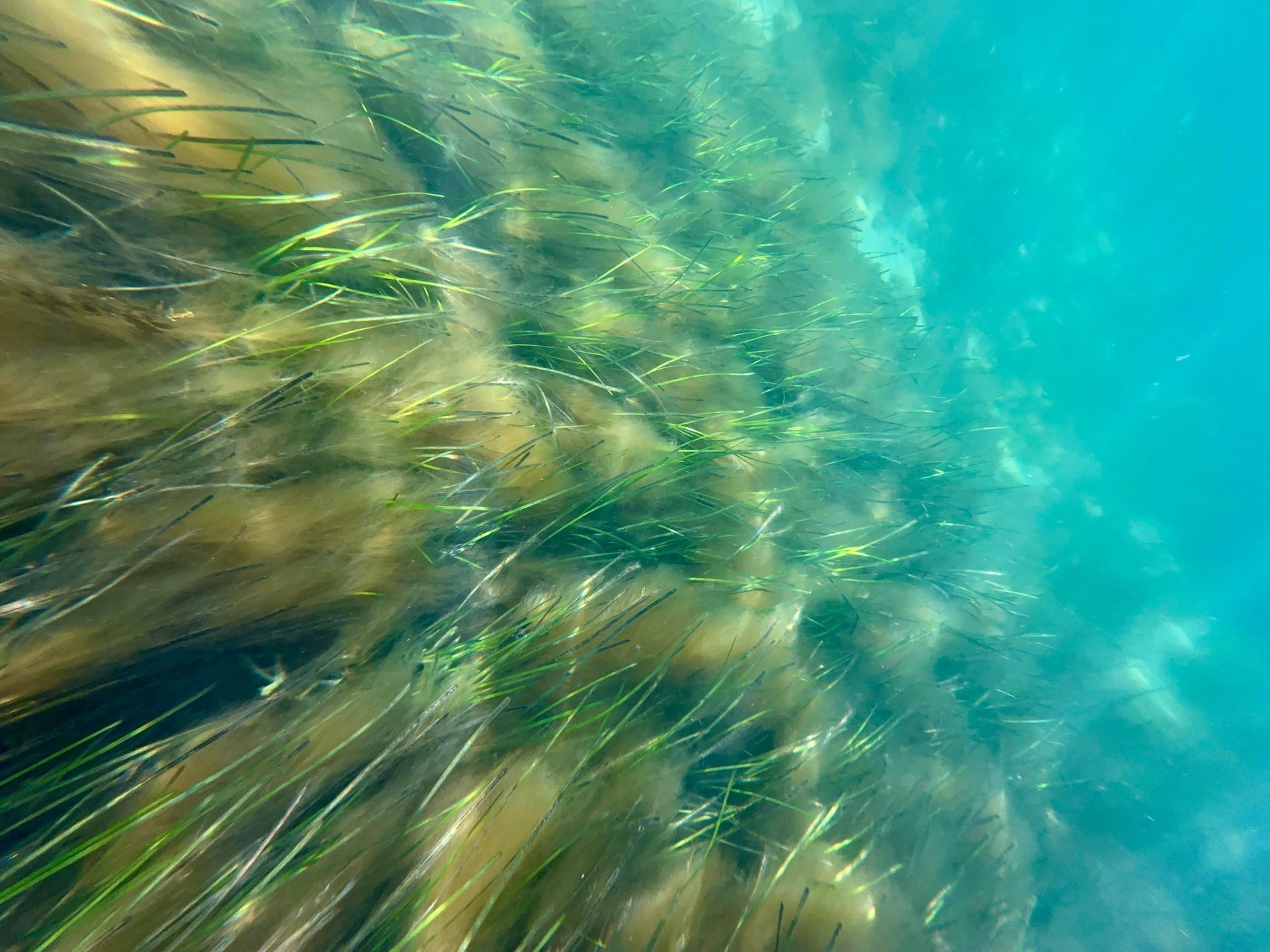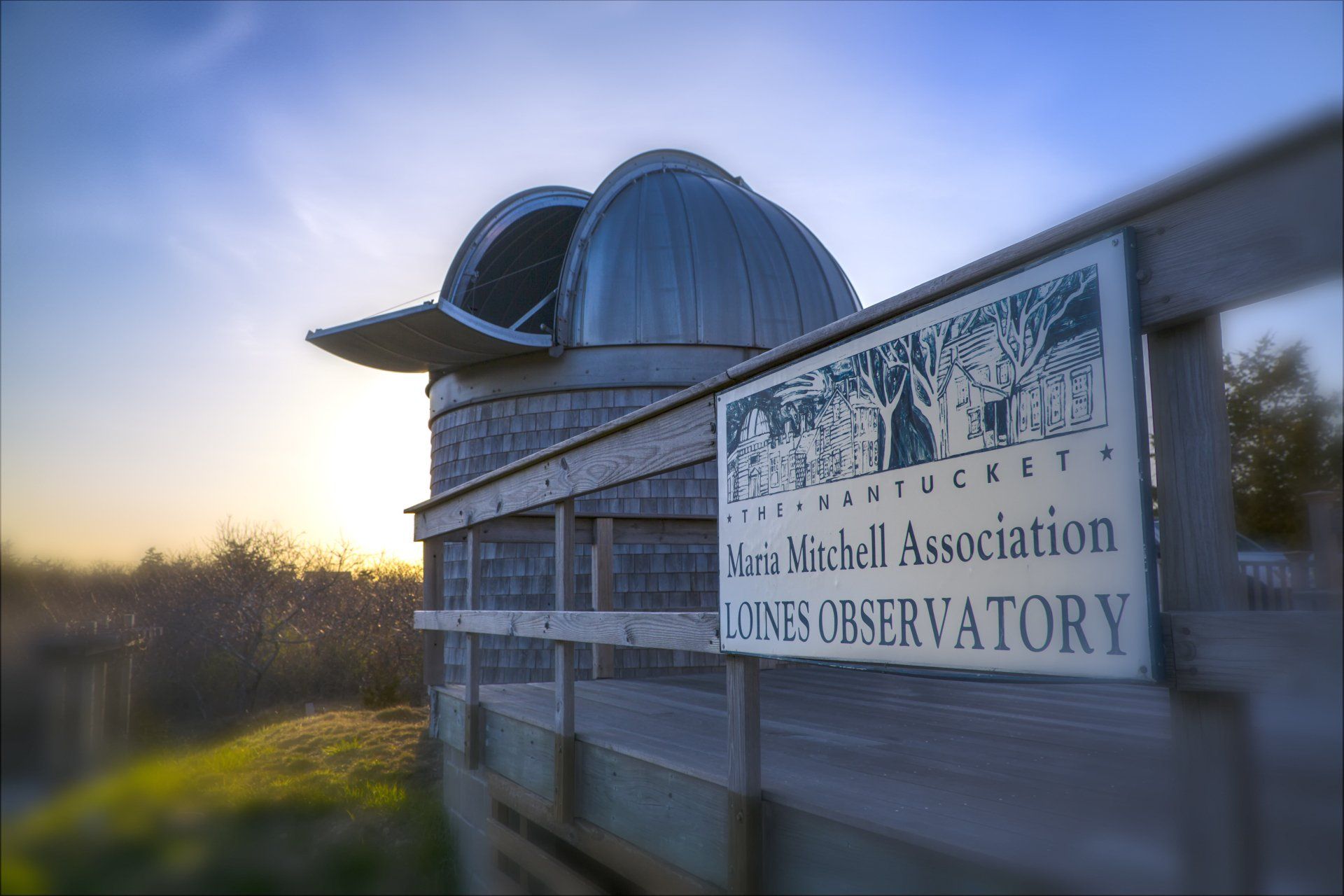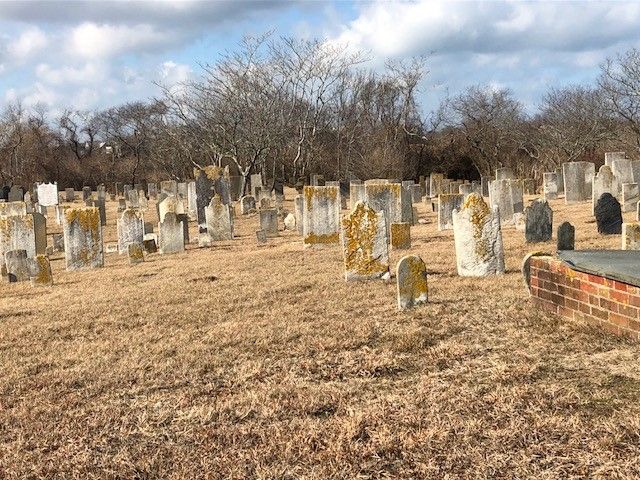March 11, 2025
NANTUCKET, MA—The Nantucket Maria Mitchell Association (MMA) announces that it will host Pam Murphy and Kim Shulam of the Marine Mammal Alliance Nantucket (MMAN), as featured presenters for its February Science Speaker Series. Their presentation will take place on Wednesday, February 26 at 7pm via Zoom. This event is free to all. Join Pam Murphy, the MMAN Executive Director, and Kim Schulam, the MMAN Vice President and Stranding Coordinator, in a discussion on the importance of seals and other marine mammals in maintaining a healthy marine ecosystem, and how we can all help keep these populations safe. The mission of the Marine Mammal Alliance Nantucket is to monitor, rescue, and protect marine mammals on Nantucket, advocate for their well-being, and educate the public. MMAN belongs to the Greater Atlantic Marine Mammal Stranding Network, and is among thirteen organizations dedicated to protecting, rescuing, and advocating marine mammals along the Atlantic coast from Virginia to Maine. You can learn more about the animals they rescue, their partner teams, useful tips, and statistical maps here: https://storymaps.arcgis.com/stories/5d29b842996d44eea0c4517f71ecca4d Pam Murphy has been involved in animal rescue for many years, from creating a Be Kind to Animals Club at the age of seven, to being one of the founders of Nantucket Island Safe Harbor for Animals (NiSHA) in 2011; serving eight years as board president. Her extensive board experience with TWN, NiSHA, and NAC put her in a solid position to manage MMAN’s board and see it develop into a stronger organization, capable of attracting the donor support the mission deserves. A lifelong vegetarian, Pam has never been able to stand idly by when an animal is suffering. To be allowed to approach injured and entangled marine mammals legally and help was what drew her to MMAN. She became Level A trained, learning to restrain and disentangle seals and went on to attend a Cetacean Stranding Workshop with IFAW. “I have learned a great deal about marine mammals and how to help through the vast knowledge of my teammates.” Kim Schulam began visiting Nantucket in 2013 and fell in love with the remote, natural qualities of the island. A Biological Sciences major in college, she initially considered the fields of Marine Biology or Veterinary Medicine but ultimately pursued a career as a Physician’s Assistant. Now retired from medicine, she met former Stranding Coordinator Scott Leonard and learned of MMAN. She immediately joined the team and became Level A trained. She regularly attends IFAW’s Marine Mammal Mass Stranding training, and is 24-Hour HAZWOPER certified for oil spill wildlife rescue. Now a full-time resident of Nantucket, she serves as the team’s Stranding Coordinator and Board Vice President. She coordinated MMAN’s first team-conducted large whale necropsy last year and works closely with the National Oceanic and Atmospheric Administration to maintain the team’s Stranding Agreement as Nantucket's sole agency legally permitted to handle marine mammals. She feels strongly that humans have an obligation to marine life to help them survive given all we have done to injure them and destroy their environment. Pre-registration is required to attend Zoom. To register for Zoom, use the registration link below: https://us06web.zoom.us/webinar/register/WN_7UnSEop1RKyxgl0LBio2Kw#/registration This series is generously sponsored by our lead sponsor, Bank of America. The Maria Mitchell Association was founded in 1902 to preserve the legacy of Nantucket native astronomer, naturalist, librarian, and educator, Maria Mitchell. After she discovered a comet in 1847, Mitchell’s international fame led to many achievements and awards, including an appointment as the first female professor of astronomy at Vassar College. Maria Mitchell believed in “learning by doing” and today that philosophy is reflected in the MMA’s mission statement, programs, research projects, and other activities. The Maria Mitchell Association operates two observatories, a natural science museum, an aquarium, a research center, and preserves the historic birthplace of Maria Mitchell. A wide variety of science and history-related programming is offered throughout the year for people of all ages ###





